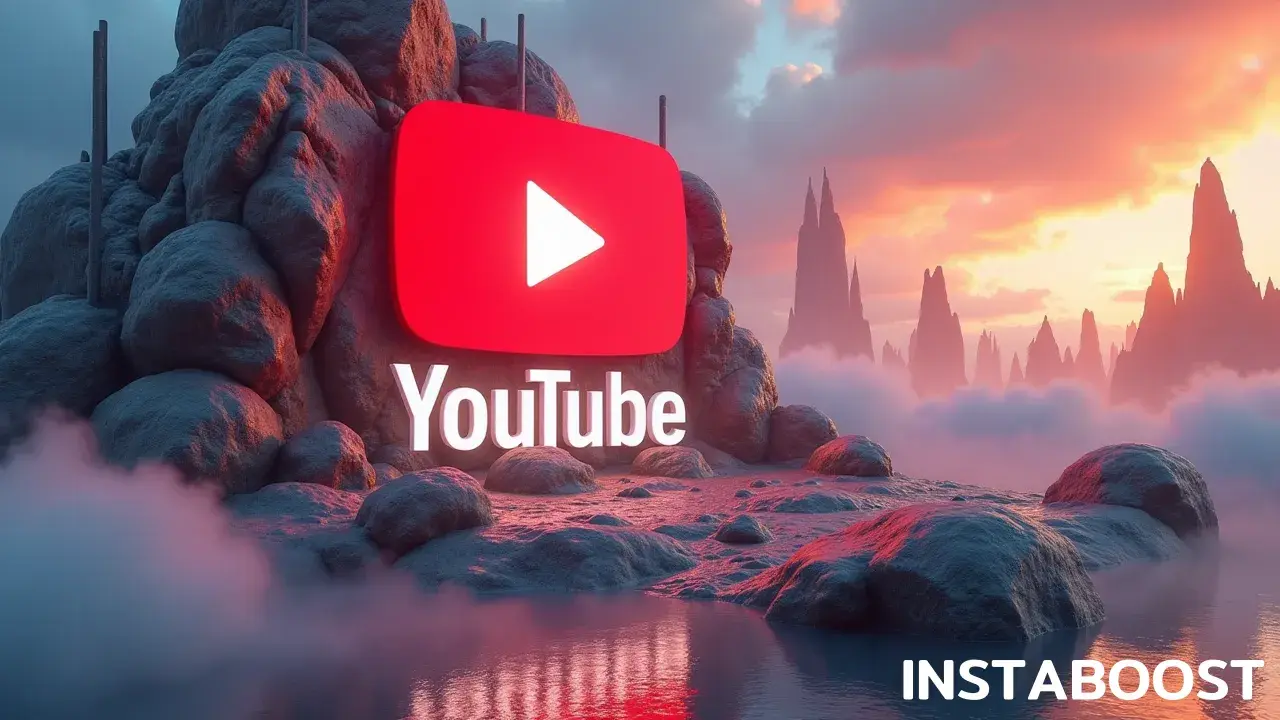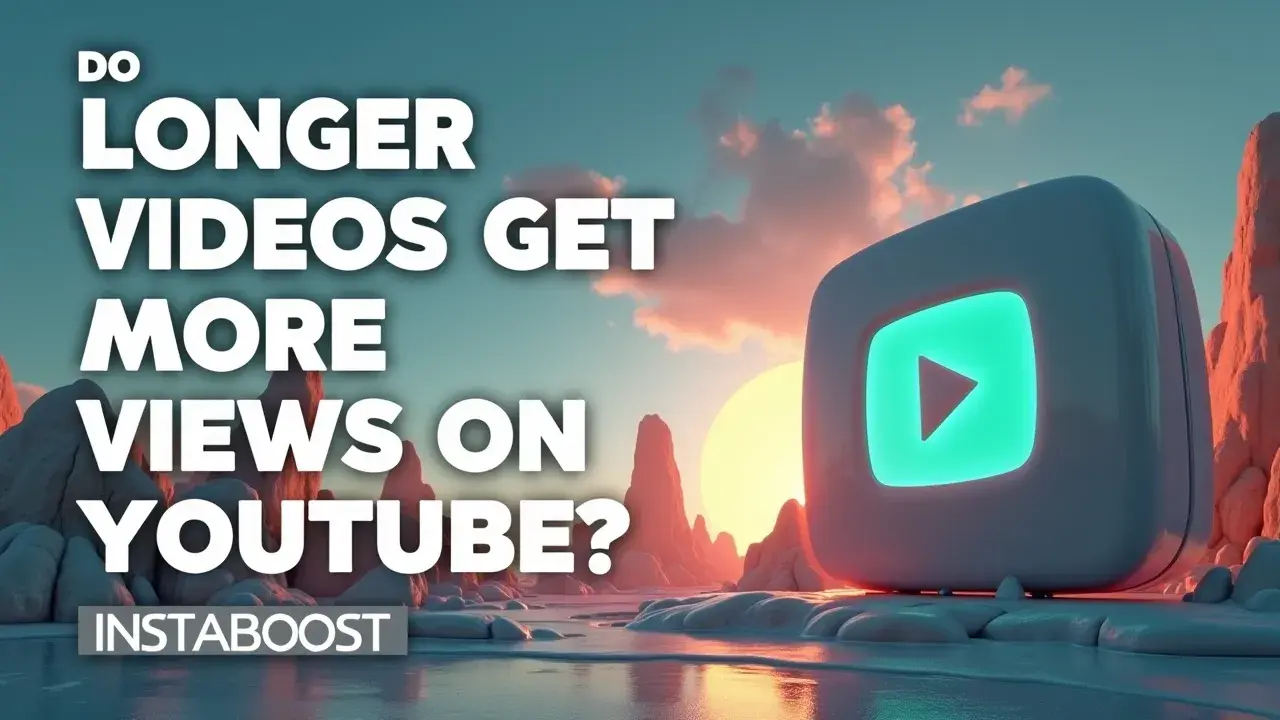Do Longer Videos Get More Views on YouTube?
Video length can correlate with more views when it matches viewer intent and sustains engagement. Data often shows longer videos perform well because they accumulate watch time, but length alone does not drive discovery. Myths aside, performance hinges on click-through rate, average view duration, and audience retention that signal relevance to the algorithm. The smart path is to set length by content depth, measure retention, and refine to keep viewers watching.
Cracking the Code: Does Video Length Really Drive YouTube Views?
If you spend any time on YouTube, you’ll start to notice that a lot of creators aim for videos that run a little over ten minutes. On the surface, it looks like they’re doing this to add more ads, but there’s a bit more going on. There’s this idea – almost treated as a rule in YouTube circles – that longer videos are always better for views. It comes up a lot in forums and advice channels.
But when you look closer, the link between how long a video is and how well it does isn’t that clear-cut. The algorithm does track things like watch time and how long people stick with a video, but those numbers aren’t the only factors.
Viewers have endless other videos they could be watching, and their attention only goes so far, so stretching a video without a good reason can actually backfire. The channels that do well – whether they’re about gaming, tech, or something else – tend to experiment with both short and long videos, paying attention to what actually keeps their audience interested instead of worrying about hitting a certain runtime.
Viewers have endless other videos they could be watching, and their attention only goes so far, so stretching a video without a good reason can actually backfire. The channels that do well – whether they’re about gaming, tech, or something else – tend to experiment with both short and long videos, paying attention to what actually keeps their audience interested instead of worrying about hitting a certain runtime.
Maybe that’s part of why there’s so much trial and error when people try to build your YouTube audience. So when people wonder if longer videos always pull in more views, what they’re really getting at is how you find the right mix of length, engagement, and whatever the algorithm seems to reward.
To get a better sense of this, it helps to look at what current data and some of the more successful creators are actually doing, and see how video length plays into their results.
To get a better sense of this, it helps to look at what current data and some of the more successful creators are actually doing, and see how video length plays into their results.

Why Video Length Became the “Smart” Move
Sometimes, what helps most is being able to notice small details that others overlook. With YouTube video length, for instance, there’s a reason so many creators keep an eye on that ten-minute mark. It’s partly because of ad opportunities, but there’s more to it than that.
YouTube’s algorithm, no matter how much it changes, has always paid attention to “watch time.” If your videos are a bit longer, that can mean more total minutes watched on your channel, which generally helps. But it’s not as simple as making every video longer. Not every minute matters equally. The channels that tend to do well are careful about what they add – they don’t fill time just for the sake of it. You can see this with all kinds of channels, from in-depth video essays to people streaming Minecraft. They keep adjusting their video lengths, trying to find what keeps their viewers watching all the way through.
Data from analytics tools – and from people who know a lot about YouTube – shows that longer videos often get more views, but only if people are actually engaged the whole way. If viewers get bored and stop watching, your average view duration drops, which can make your videos less likely to show up in searches or recommendations. The channels that really grow find a kind of balance: their videos are long enough to build up watch time, but they’re focused enough that people want to stick around.
So when people wonder if longer videos mean more views, the answer isn’t the same for everyone. Whether creators use tools like INSTABOOST or just pay close attention to their analytics, it really comes down to noticing what actually works for their viewers, and being willing to keep testing that out – sometimes, that’s what makes all the difference if you want to reach more people on YouTube.
Smart Timing: When to Shift Your Video Length Strategy
Most pivots are really just long-overdue course corrections. When you’re working on YouTube videos and trying to get more views, it’s easy to keep making longer videos because that’s what used to work, or because everyone says it’s the way to go. But holding on to that habit can backfire.
The algorithm changes, and viewers’ habits shift too. If you notice that people usually stop watching around the seven-minute mark, stretching your videos to fifteen minutes because that’s what you see others doing might not actually help. The creators who seem to figure it out treat video length as something they can change, depending on what the numbers are telling them. They keep an eye on things like average view duration and where people start to lose interest, then adjust their videos accordingly. It’s not about making something as long as possible – it’s more about getting the most out of the time people are willing to give. Sometimes a focused eight-minute video holds attention far better than a drawn-out twenty-minute one, and other times, those longer videos are what keep viewers coming back.
The people who do well keep testing both and look at how each one performs instead of sticking to a fixed rule. There are a lot of blanket tips out there if you search for advice – especially about how long your videos should be – but real progress seems to come from shaping your approach to your own audience and your own channel. There are even services that let creators dig into custom analytics, try out different strategies, or buy likes for YouTube videos if they want a little boost to experiment with. In the end, it’s less about following the trend of making everything longer, and more about finding that spot where a video feels complete, and stopping there, even if that means leaving a few minutes off the table.
When Longer Isn’t Louder: The Real Game Is Grabbing Attention
From what I’ve seen, consistently uploading isn’t really what sets you apart on YouTube. What makes a difference is when you put out something that people feel drawn to watch, almost without thinking about it. That’s where some creators seem to get tripped up – they’ll try to make their videos longer, thinking that more minutes will lead to more views.
But the algorithm isn’t really focused on who’s posting the most or sticking to a set video length. It’s paying attention to what actually keeps viewers interested, the videos that people don’t immediately click away from. Whether a video is five minutes or fifteen isn’t the important thing – it’s really about whether it’s holding attention. The channels that tend to grow are open to trying different formats. Sometimes a quick three-minute video ends up doing far better than a longer one. Other times, going deeper into a topic makes sense.
That old belief that longer videos are always better came from when you could add more ads or stretch things out for the sake of it, but it doesn’t work the same way anymore. With YouTube Shorts and all these new ways people watch, what matters is how quickly you can get someone interested and how well you can keep them watching, even for a short while. I’ve even heard of people looking into things like buy views for YouTube videos, as if there’s a shortcut to grabbing attention, but in reality, if most folks are leaving halfway through, making the video longer doesn’t help – if anything, the system picks up on that and won’t push your video as much. YouTube seems to put the spotlight on whatever people honestly want to watch, not what checks a box for runtime. So, if you’re sitting there wondering if you need to aim for a longer video, it’s probably worth thinking more about what would actually keep someone watching, rather than how many minutes you can fill.
The Takeaway: Quality Wins Over Minutes
A lot of people think the secret to getting more YouTube views is making longer videos, but that’s not really how it works. What matters more is whether each part of your video actually holds someone’s attention. The creators who stick around on YouTube don’t treat video length like a rule to follow – they pay close attention to how people watch their stuff. They’ll notice where viewers lose interest or click away, and they’ll figure out which moments actually connect or feel slow.
Then they adjust. YouTube’s algorithm doesn’t care about how long your video is on its own; it pays attention to whether people actually watch until the end, or even come back for more. Some big channels get a lot out of short, straight-to-the-point explainers, while others take their time and go in depth for half an hour or more. What really matters is whether the time you ask from people feels worthwhile to them. I’ve even seen people focus on how viewers spread awareness with shares, alongside the usual retention numbers.
So before you add more minutes because you heard it might help, it’s worth asking if that extra bit really makes things clearer or more useful. People can tell when you respect their time, and so can YouTube. If you’re focused on making something real for your viewers, you’ll find yourself trying different things out – sometimes a bit longer, sometimes shorter. You don’t have to have it all figured out.















